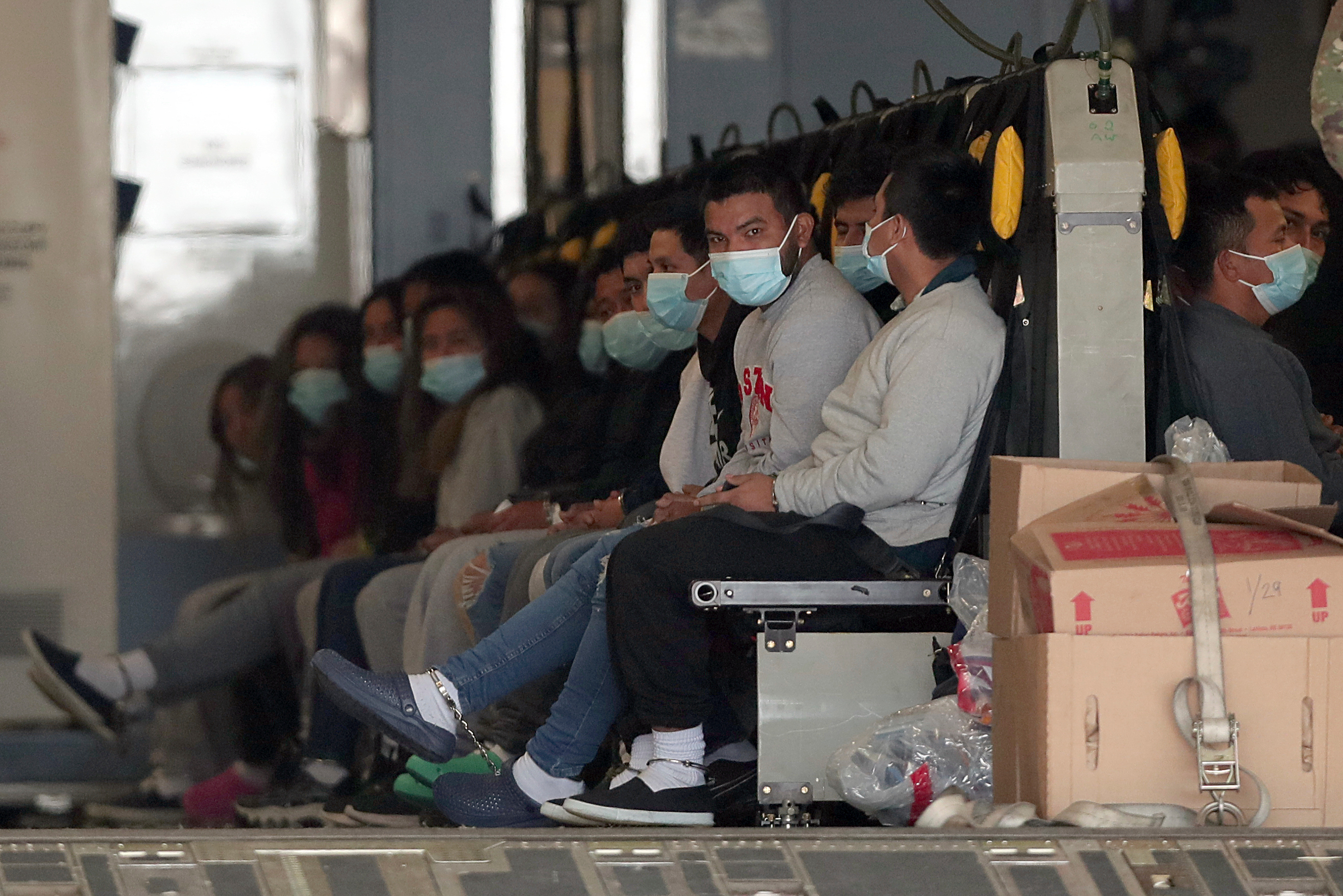The Roman Catholic Diocese of Albany is the latest diocese to file for bankruptcy amid a slew of sexual abuse lawsuits brought against the church.
Bishop Edward Scharfenberger announced the filing for Chapter 11 reorganization Wednesday after months of negotiations over a potential settlement with sexual abuse accusers.
“We maintain global mediation would have provided the most equitable distribution of the Diocese’s limited financial resources,” Bishop Scharfenberger said in a statement. "But as more Child Victims Act (CVA) cases reached large settlements, our limited self-insurance funds which have been paying those settlements, have been depleted."
Some of the plaintiffs' attorneys have accused the church of using bankruptcy protection as a legal tactic to shield the truth from sexual abuse victims.
“We urge everyone to see the Diocese’s strategy for what it is: chicanery designed to perpetuate a $600 million corporation’s pattern of decadence, deception, and denial,” attorney Jeff Anderson said in a statement.

Judge approves release of church sex abuse report
Authorities released a redacted version of an investigative report detailing sex abuse allegations against more than 150 Roman Catholic priests.
“The predictable, but disappointing, decision of the Diocese of Albany to file for bankruptcy is an affront to the brave men and women who have come forward to expose the Diocese’s dangerous history," added attorney Taylor Stippel.
The Albany diocese joins a growing number of others to file for bankruptcy under the pressure of lawsuits.
On Monday, the Diocese of Santa Rosa in California also filed for Chapter 11 Bankruptcy, after Bishop Robert Vasa announced the filing was inevitable.
"We have received notice of at least 160 claims and we have information that perhaps more than 200 claims have been filed in total against the Diocese," Bishop Vasa said in a statement.
The suits were made possible by a 2019 California law that gave victims of alleged abuse a three-year window to file lawsuits that had previously been prohibited by a statute of limitations.
New York set a similar two-year time frame allowing sexual abuse accusers to file civil lawsuits in cases that would have otherwise been outdated.
When the window closed in 2021, more than 9,000 suits had been filed.










